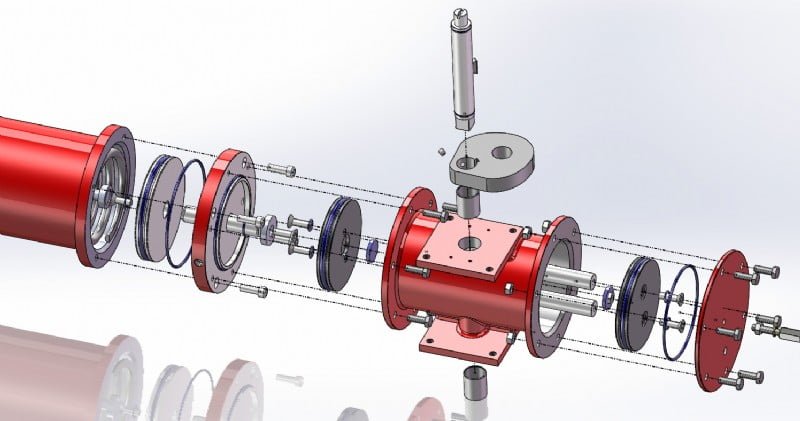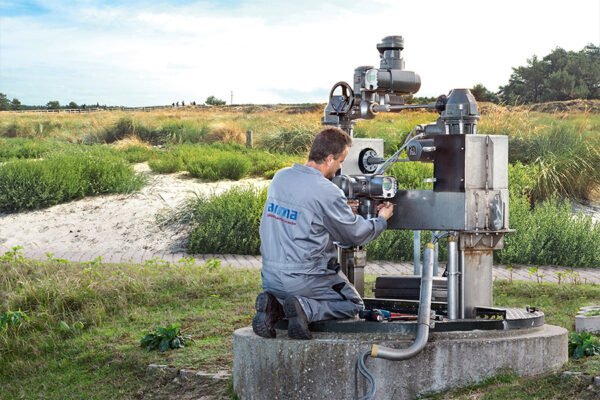Valve actuators are an essential part of many industrial processes, and there are four basic types that are commonly used. Types of valve actuators include pneumatic , hydraulic , electro-hydraulic , and electric actuators.
Pneumatic actuators
Pneumatic actuators are powered by compressed air and are commonly used in manufacturing plants to control valves in various applications. One of the advantages of pneumatic actuators is their simplicity, which makes them easy to install and maintain. They are also reliable and can provide quick, precise control over valves.
Hydraulic actuators
Hydraulic actuators, on the other hand, are powered by hydraulic fluid and are often used in applications requiring high force. They are commonly used in heavy machinery, such as cranes and excavators, to control the movement of hydraulic cylinders. Hydraulic actuators are also used in industrial processes, such as oil and gas production, where they are used to control the flow of fluids through pipelines.
Electro-hydraulic actuators
Electro-hydraulic actuators combine the best features of hydraulic and electric actuators, making them ideal for a wide range of applications. They are powered by an electric motor, which drives a hydraulic system that controls the movement of the actuator. This allows them to provide precise control over valves while also providing the high force required for heavy-duty applications.
Electric actuators
Electric actuators are powered by electricity and are commonly used in applications requiring precise control. They are often used in the pharmaceutical and food industries, where they are used to control the flow of fluids in processing and packaging applications. Electric actuators are also commonly used in HVAC systems, where they are used to control the flow of air and water in heating and cooling systems.

Conclusion: Types of valve actuators
Specific types of valve actuators
In addition to these four basic types of valve actuators, a number of specialized actuators are also used in specific applications. For example, some actuators are designed to operate in extreme temperatures or corrosive environments, and there are also actuators designed to operate in hazardous areas with a risk of explosion.
When selecting a valve actuator for a specific application, many factors must be considered. These include the type of fluid being controlled, the fluid’s pressure and temperature, the valve’s size and weight, and the required level of control and precision. Other factors that may need to be considered include the cost of the actuator, the availability of spare parts and maintenance services, and the level of support the manufacturer provides.
In conclusion, valve actuators are an essential part of many industrial processes, and a wide range of different types and styles are available to suit virtually any application. By understanding the different types of valve actuators and the factors that need to be considered when selecting an actuator for a specific application, industrial users can ensure that they choose the right actuator for their needs and get the best possible performance and reliability from their equipment.



